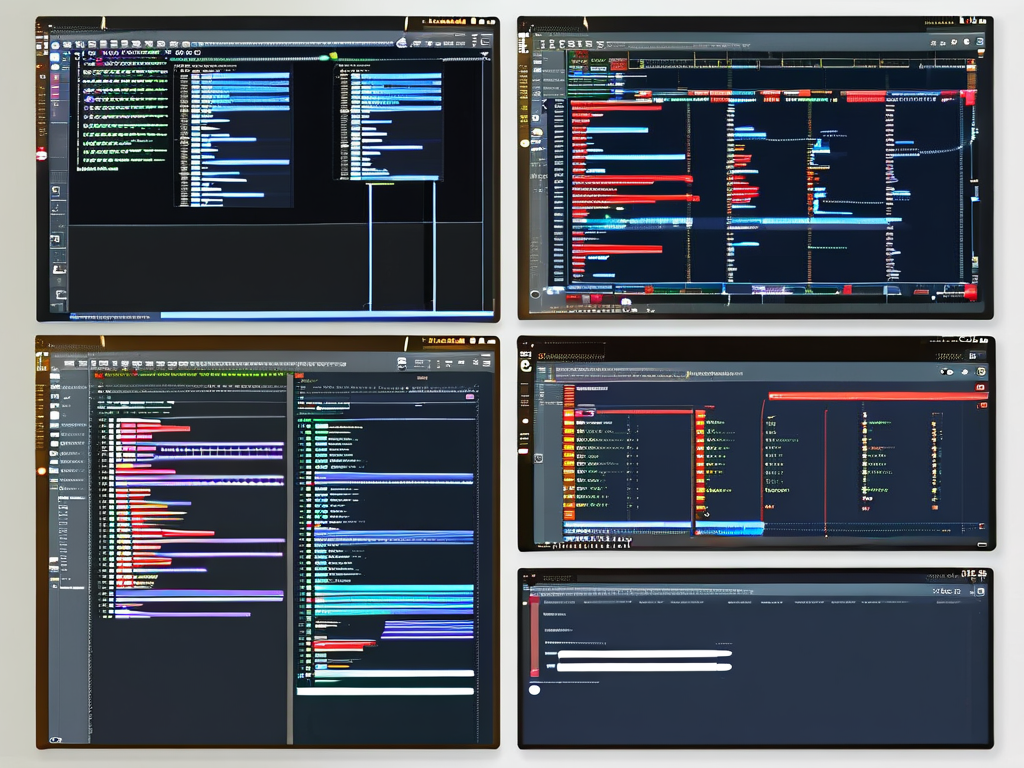The evolution of embedded systems has elevated the importance of structured algorithm development processes. Unlike traditional software projects, embedded algorithms demand meticulous coordination between hardware constraints and computational efficiency. This article explores a professional workflow that balances technical precision with practical implementation strategies.

Phase 1: Requirements Clarification
Every successful embedded algorithm begins with crystal-clear objectives. Engineers must collaborate with stakeholders to define performance metrics, such as latency thresholds (e.g., <50ms for real-time control systems) and memory limitations (e.g., <512KB RAM). A common pitfall arises when teams overlook environmental factors – for instance, temperature variations affecting sensor input accuracy in automotive applications. Documenting these parameters in a traceability matrix ensures alignment throughout the development cycle.
Phase 2: Architectural Prototyping
With requirements established, architects create modular blueprints using tools like MATLAB/Simulink. A well-designed architecture separates concerns:
// Example modular structure for motor control
typedef struct {
float position;
float velocity;
} MotorState;
void calculatePID(MotorState *state, float setpoint) {
// PID implementation
}
This phase often involves trade-off analysis. For a medical device monitoring ECG signals, developers might choose between Fourier transforms and wavelet analysis based on processing power availability.
Phase 3: Algorithm Implementation
Translation to executable code requires language-specific optimizations. While C remains dominant (used in 68% of embedded projects according to EE Times), modern projects increasingly adopt Rust for memory safety. Consider this sensor fusion snippet:
fn kalman_filter(prev_estimate: f32, measurement: f32) -> f32 {
let kalman_gain = 0.2;
prev_estimate + kalman_gain * (measurement - prev_estimate)
}
Developers must account for fixed-point arithmetic in resource-constrained devices, often implementing custom libraries to avoid floating-point unit dependencies.
Phase 4: Hardware-in-Loop Testing
Simulation environments like QEMU provide initial validation, but true verification occurs on target hardware. Automotive teams, for example, use bench testing rigs that simulate vehicle vibrations while validating engine control algorithms. A robust test suite might include:
- Boundary cases (e.g., sensor overflow values)
- Timing stress tests (burst data inputs)
- Power fluctuation scenarios
Phase 5: Performance Tuning
Profiling tools like Lauterbach TRACE32 reveal optimization opportunities. In a recent drone navigation project, loop unrolling reduced gyroscope data processing latency by 22%. However, aggressive optimization risks introducing subtle bugs – a balance must be struck between speed and reliability.
Phase 6: Documentation & Maintenance
Final deliverables extend beyond executable code. Comprehensive documentation should include:
- Memory footprint analysis
- Worst-case execution time (WCET) calculations
- Cross-dependency maps for future updates
The industry is witnessing a shift toward continuous integration pipelines for embedded systems. A leading IoT manufacturer reduced firmware update cycles by 40% after implementing automated regression testing through Jenkins.
Emerging Challenges
As edge AI gains traction, developers face new complexities. Implementing TinyML models requires specialized compression techniques – a recent smart camera project achieved 30% size reduction using quantization-aware training. Cybersecurity has also become paramount, with techniques like secure bootloaders and encrypted OTA updates now standard in connected devices.
This systematic approach transforms chaotic development into predictable engineering. By institutionalizing these practices, teams can consistently deliver robust embedded algorithms that meet stringent industry requirements while maintaining adaptability for future technological shifts.










